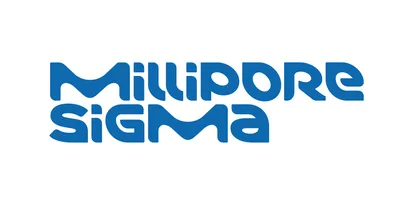Stepchild of Vibrational Spectroscopy Comes of Age
Raman spectroscopy is based on the interaction of visible, near-infrared, or near-ultraviolet light on chemical bonds. When excited with light energy, bonds experience short-lived, higher-energy vibrational states. As bonds relax they emit light at several wavelengths, among which are weak “Raman scattering” effects.
Raman has become the “go-to” analytical method in materials science, pharmaceuticals, and homeland security. Raman’s advantages are that it is nondestructive, detects analytes through packaging, and requires no sample preparation. The principal drawback is that Raman provides only confirmation, not quantitation.
Richard Larsen, Ph.D., spectroscopy products manager at Jasco (Easton, MD), divides Raman instrumentation into three categories: macro, micro, and imaging. Macro measures bulk properties in traditional “spectrophotometer” mode, micro instruments incorporate microscopy to analyze particles or very small samples, and imaging Raman involves spectral analysis of materials in 2D and 3D mode. Higher-end Raman spectrometers provide exquisite spatial and spectral resolution.
“Traditional Raman spectrophotometers were bulky instruments,” says Kevin Carr, director of new business at Agiltron (Woburn, MA). “Low-cost portable instrumentation allows you to bring Raman where it needs to be.”
Portable Raman spectrophotometers come in plug-in and battery-powered formats. The latter, which are mostly handheld field analyzers, are popular for inspecting materials on loading docks, in oil exploration, for crime scene analytics, and for detection of narcotics and explosives. What makes handheld instruments possible are inexpensive 785 nm diode lasers (originally developed for telecommunications) that consume less than 1 amp.
The huge drop in laser prices not only enabled portable Raman, but fueled the technique for benchtop and highend research. But price tells only part of the story.
Joe Hodkiewicz, Raman product manager at Thermo Fisher Scientific (Madison, WI), notes that Raman is spreading well beyond its original domain of high-level chemical and materials research. “The technique is moving rapidly into disciplines where it traditionally lacked presence.” Two reasons are the heightened focus on small-size domains (e.g., nanomaterials) and the enthusiastic acceptance of Raman microscopes, which today, according to Hodkiewicz, outsell more-traditional Raman analyzers.
Developers of products manufactured with nanoparticles increasingly turn to Raman microscopy to analyze not just chemical makeup but structural and physical phenomena such as stresses, fractures, and defects down to 500 nm dimensions. “As these materials migrate into applications and products, they pull Raman with them,” Hodkiewicz says.
Imaging Raman has long been used to characterize surfaces for mechanical and physical phenomena such as strains, stresses or cracks. Raman can generate a three-dimensional picture, for example, when determining the homogeneity of a material or product such as a pharmaceutical tablet. “And the best part is, with Raman there is no sample prep,” Dr. Larsen says.
Usability rules
Most users of Raman today view it as a tool like every other lab instrument. “To make systems appeal to these customers, vendors have to think a lot more about making self-optimizing instruments that are easy to operate, with little or no learning curve,” Hodkiewicz explains. “This can be a challenge to designers with a lot of Raman experience, to whom instrumentation is second nature. Telling them they have to simplify things is a challenge.” Hodkiewicz compares the hurdles to making Raman accessible with the rise of digital cameras that allow users to take professional-quality photographs without worrying about such arcane knowledge as exposure times, apertures, and film speed. “That’s the approach we’re taking with spectroscopy,” he says.
Another trend is the desire for flexibility and expandability. Users, Hodkiewicz tells Lab Manager Magazine, are purchasing not just for today but for anticipated applications that may require future upgrades, for example, the use of different excitation lasers, microscope and automation options, specialized sample cells, and remote fiber probes.
Larsen views Raman as being at approximately the same level of acceptance and use as FTIR was 20 years ago. “Back then an FTIR cost $100,000 to $200,000. Now we’re down to sub- $20,000 FTIRs. Raman is going in the same direction. I don’t think it will ever be as widely used as FTIR, but there’s no doubt there is still plenty of room for growth.”
Raman has traditionally been viewed as an exotic, if not problematic, analysis method. The main limitation, says Haydar Kustu, global marketing communications manager at Bruker Optics (Billerica, MA), was the laser which was difficult to operate. “Today, manufacturers are improving their Raman spectrometers by paying more attention to the laser.” This has led, he says, to greater adoption of Raman in labs, and notable handheld product introductions as well. The signature trait of these newer systems has been reliability and ease of use.









